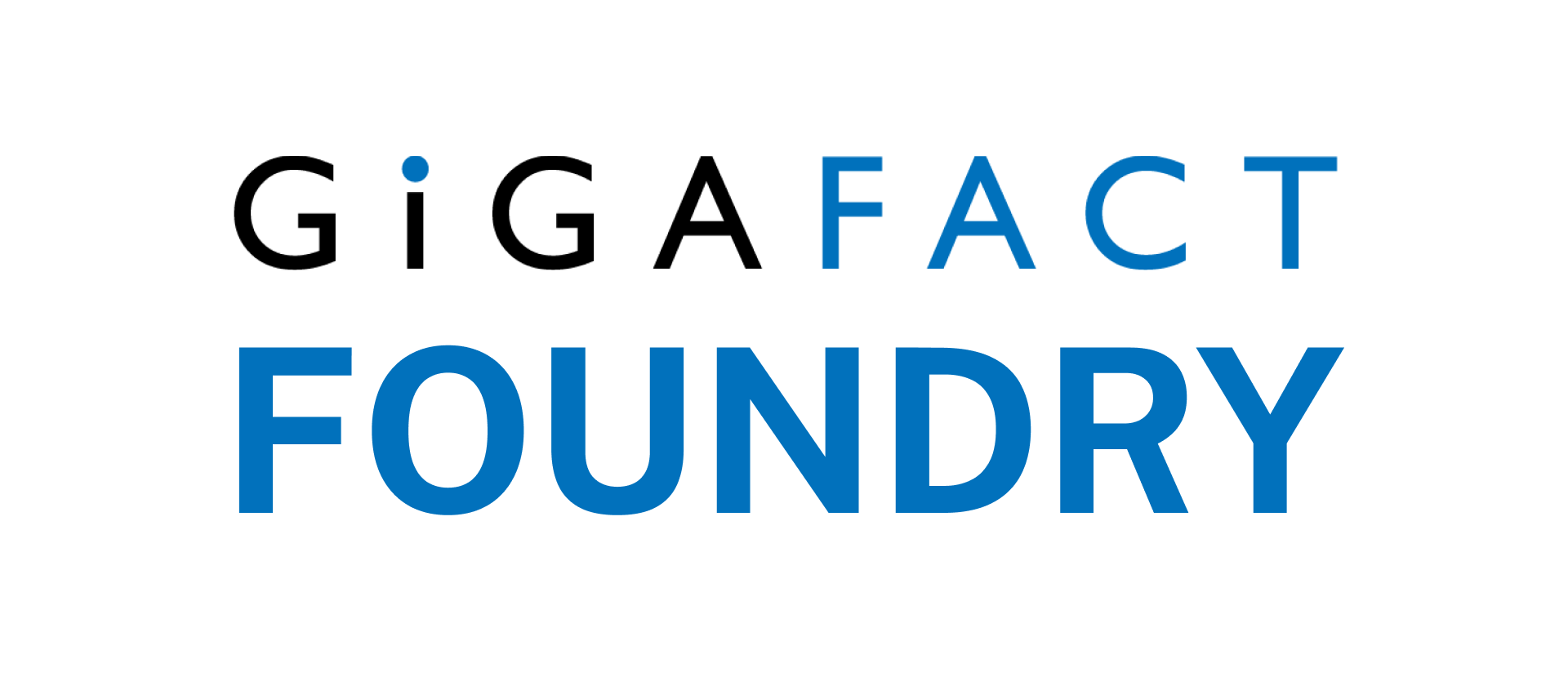Thursday, May. 28, 2020
Do wind turbines kill a significant number of birds compared to other human-made hazards?
Between 140,000 and 573,000 birds die in a year from colliding with wind turbines in the U.S., a 2013 study estimated. Other studies estimate that other human-made structures and machines are much more deadly to the avian population:
Roughly 6.8 million birds die from collisions with communications towers in North America.Between 12 million and 64 million die from collision with and electrocution by power lines in the U.S.Between 89 million and 340 million die from vehicle collisions on U.S. roads.Between 365 million and 988 million die from colliding with buildings and windows, "a major anthropogenic threat" according to the authors of that study.
Sources
- US Fish & Wildlife Service: Avian mortality from wind facilities in the US
- US Fish & Wildlife Service: Avian mortality at communications towers in the US and Canada
- US Fish & Wildlife Service: Avian mortality from power lines in the US
- US Fish & Wildlife Service: Avian mortality from vehicle collisions on US roads
- US Fish & Wildlife Service: Avian mortality from collisions with buildings
About fact briefs
Fact briefs are bite-sized, well-sourced explanations that offer clear "yes" or "no" answers to questions, confusions, and unsupported claims circulating online. They rely on publicly available data and documents, often from the original source. Fact briefs are written and published by Gigafact contributor publications.
See all fact briefs
Between 2020 and 2022, under close editorial supervision, Gigafact contracted a group of freelance writers and editors to test the concepts for fact briefs and provide inputs to our software development process. We call this effort Gigafact Foundry. Over the course of these two years, Gigafact Foundry writers published over 1500 fact briefs in response to claims they found online. Their important work forms the basis of Gigafact formats and editorial guidelines, and is available to the public on Gigafact.org. Readers should be aware that while there is still a lot of relevant information to be found, not all fact briefs produced by Gigafact Foundry reflect Gigafact's current methods and standards for fact briefs. If you come across any that you feel are out of date and need to be looked at with fresh eyes, don't hesitate to contact us at support@gigafact.org.
Learn MoreLatest Fact Briefs
Is there a scientific consensus that life begins at conception?
Thursday, Aug. 4, 2022
Do countries around the world subsidize fossil fuels?
Wednesday, Aug. 3, 2022
Is the repeal of Roe v. Wade expected to increase the maternal death rate?
Wednesday, Jul. 27, 2022
